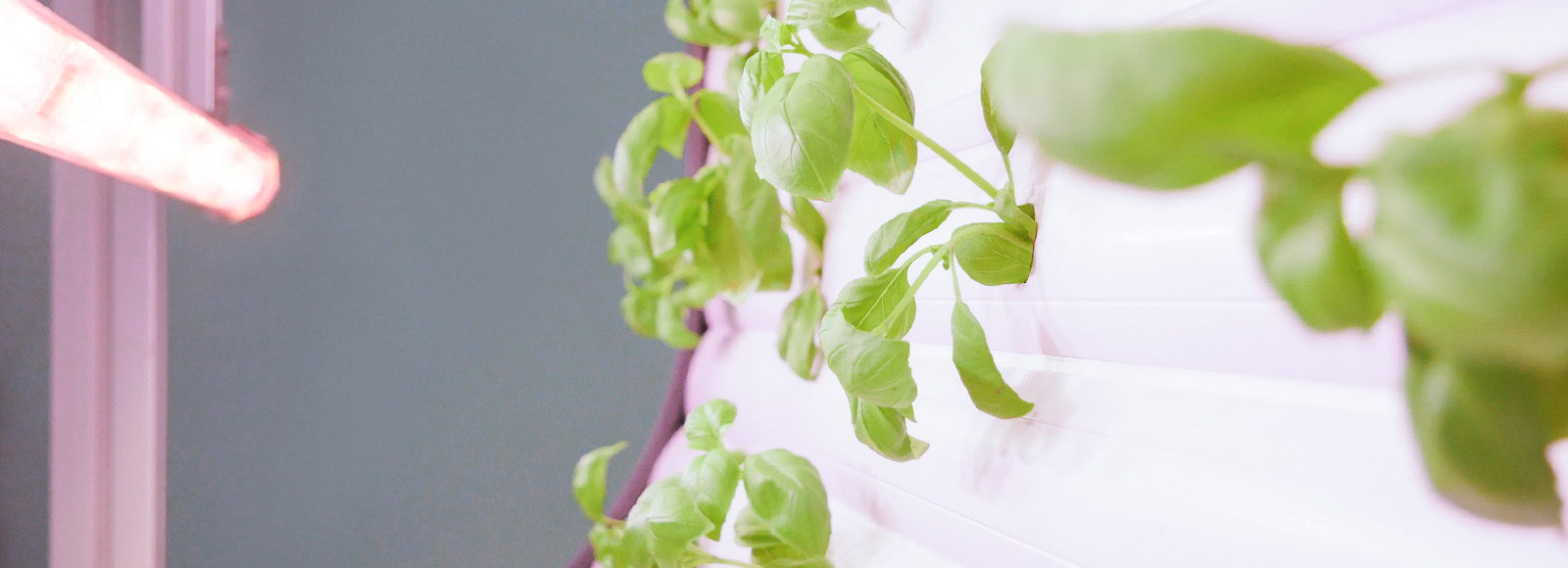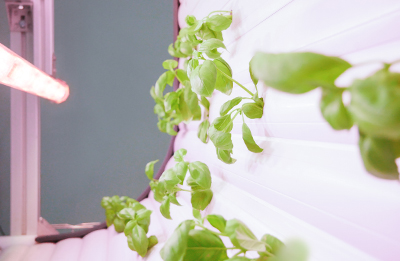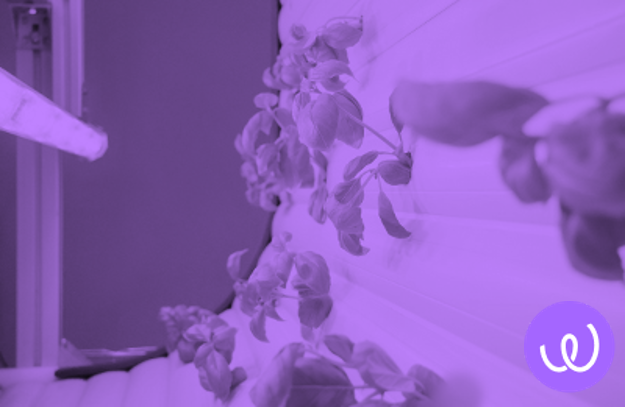

THE VERTICAL FARM
Vertical Farming
AGRICULTURE OF THE 21ST CENTURY
Whether it's lettuce, herbs or root vegetables - people want their daily ration of healthy, plant-based food. Especially in cities, there is a high demand for constant availability and equally high demands on product quality: fresh, untreated, sustainable and resource-saving.
In addition, the growth of the world's population, increasing environmental concerns and climate change ultimately make a change of direction in agriculture inevitable. What is needed are innovative, resource-saving and footprint-minimizing solutions for the cultivation of healthy food.
With the construction of a new vertical farming concept, licensed by the Fraunhofer Institute, ASA Automation wants to contribute to environmental protection (CO2 emission) and good nutrition.
What is Vertical Farming?
In the previously established vertical farming, vegetables and fruits are grown on a few square meters, one above the other in several floors. The plants do not grow in the ground, but on plastic nets and are supplied with water and nutrients via a computer-controlled circulation system. Thanks to 24-hour LED lighting and a climate control system that always ensures the optimum temperature and humidity, year-round harvesting is possible.
The advantages of vertical farming
Vertical farms contribute to cost-effective and sustainable production of plant-based food. They require just five percent of what conventional farming requires due to highly efficient water systems. The use of pesticides is not even necessary because pests and diseases do not exist at all in the closed systems.
And the use of fertilizers, which are responsible for polluting the environment and waterways, can also be significantly reduced. This saves resources, protects nature (soils) and, since vertical farms are built near urban areas, transport distances can also be shortened, thus reducing greenhouse gas emissions.
How does the new concept differ from previous ones?
In contrast to previous indoor farming methods, this new generation of vertical farms offers some process innovations. For example, an integrated, wave-shaped conveyor belt system is used that firmly fixes the respective plants and continuously realigns them in space. This increases the production of certain plant hormones, resulting in faster leaf growth and higher biomass.
Irrigation takes the form of an aeroponic irrigation system, in which the plant roots are suspended in the air, where they are supplied with targeted water and nutrients via a spray mist. The excess water is returned to the irrigation circuit.
Optimal exposure of the plants is ensured throughout the cultivation period by modular LED technology, and additional CO2 fertilization increases product quality and harvest quantity.
A major advantage is the full automation and scalability of the cultivation process. Growing conditions such as light or nutrients can be flexibly adjusted for each plant species, which can even positively influence the taste and ingredients of the harvested products and also increase productivity.
In addition, this completely pesticide-free cultivation of plants of different species enables a high-quality and healthy end product to be produced in the middle of the city, completely independent of the weather, time of day and season.
The cultivation of more than 80 different plants, including lettuce, herbs and potatoes, have already been tested in the patented facility. Compared to growing in a greenhouse, a higher biomass as well as a faster harvest could be achieved, especially for various lettuce varieties.








